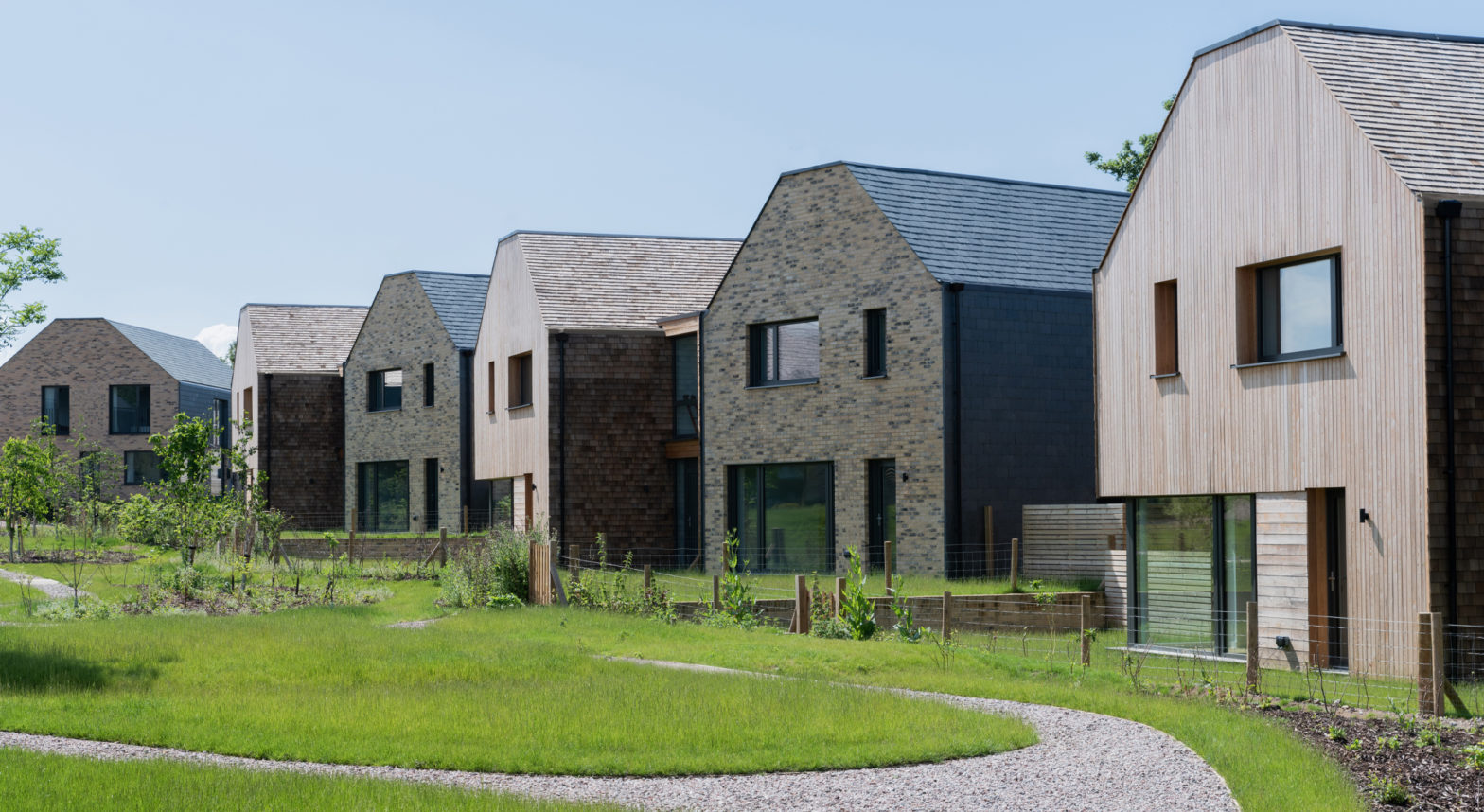
After years of dithering, in 2019 the UK became the first major economy in the world to adopt a “Net Zero” omissions target into law. This legally binding target requires the UK to bring all greenhouse gas emissions to Net Zero by 2050.
It has been calculated that new and existing homes account for 20% of greenhouse gas emissions in the UK, so by improving energy efficiency and moving to cleaner ways to heat our homes, we can significantly reduce carbon emissions and keep household energy costs low, now and in the future.
As a step towards achieving this target, the government are consulting on a new “Future Homes Standard” which calls for all new homes to be future-proofed with low-carbon heating systems and higher fabric efficiency. This standard is due to be implemented in 2025 and anticipates reductions in carbon dioxide emissions of 75-80% against current Building Regulations requirements.
A proposed uplift to “Approved Documents” (the way in which the UK implements the Building Regulations) “Part L” and “Part F” in 2020 (yes, this year!) seeks to improve the energy efficiency of new homes immediately, and means that home builders and the wider supply chain will need to be working to higher standards in readiness for the more demanding Future Homes Standard in 2025.
The proposed 2020 changes to Part L include removing the “fabric energy efficiency standard” and replacing it with “primary energy” as the main performance metric. It then uses “carbon factors” as a secondary metric and introduces a householder affordability rating. Removing the fabric energy efficiency standard from SAP modelling has been a controversial move. It has been argued by industry groups such as LETI that the proposed changes do not promote a fabric-first approach, that new buildings could actually perform worse than in 2013 and still meet the regulations by utilising low-carbon heating systems.
In another controversial move, the 2020 proposals seek to remove the ability of Local Authorities, under the Planning and Energy Act, to set energy standards above the Building Regulations. The government argues that whilst this policy has been effective in delivering more energy efficient homes, it has led to inconsistency across the industry and throughout the country. We disagree with this reasoning and feel that the removal of this power is not supportive of forward-thinking Local Authorities, who are much better placed to assess local viability and low-energy initiatives. For example, the London Plan has required new building energy performance far in excess of Part L since 2010.
Along with many other architects, Resident have submitted a formal response to the Part L/F consultation and we await the final outcome.
An important aspect of the 2025 Future Homes Standard is that reducing the demand for heating (and cooling) through improved fabric efficiency will not meet all of the energy requirements. Fabric efficiency will need to be coupled with low-carbon heating systems such as air-to-water / air-to-air heat pumps, heat networks (district heating), and in some instances direct electric heating, as well as the use of other systems such as wastewater heat recovery. As the UK moves towards a decarbonised electricity grid (through increasing low-carbon power generation), homes utilising these systems will be able to heat themselves at net zero carbon. Gas boilers will become more and more obsolete and will eventually need to be replaced.
In addition to this uplift in efficiency requirements, proposals for improving compliance and performance are being consulted on. This is to ensure that the changes are actually delivered. For example, it is being decided if developers should be required to test all individual new dwellings for air tightness, as opposed to the current regime of sample testing.
The government will be providing guidance on how to improve build quality and reduce the current gap between design intent and actual built energy performance. This will strongly focus on continuity of insulation, thermal bridging at junctions and airtightness. Developers can ensure this improved build quality through more traditional forms of procurement, with a third party (i.e. Architect) responsible for site inspections, ensuring that the contractor is following the terms of the contract and having mechanisms to ensure compliance. But we would say that wouldn’t we?
Clearly there are details to be addressed in order to ensure that the home building industry and supply chains are ready for implementation of the Future Homes Standard in 2025. As well as challenges there are areas of opportunity, such as a new mass market solution for low-carbon heating. Current heat pump sales in the UK are approximately 20,000 units a year, compared to over 1,000,000 for gas boilers. The industry will need to transform in order to provide the skills required, and end-users will need to adapt to the new technology. A “Home User Guide” is proposed as part of the standard to educate owners on how to operate their low-carbon homes.
It seems like a good time to invest in heat pump suppliers, designers and installers (Resident accept no liability for the value of your investments)!
The Future Homes Standard (2025) and Part L/F (2020) proposals are not yet set in stone, and we look forward to seeing how they develop once the consultation period has ended. At Resident, we feel that other initiatives such as Passivhaus and the LETI Climate Emergency Design Guide, provide a more immediate response to climate change and we will continue to push for, and design to, these fabric-first principles – which are achievable with just a little care and attention.